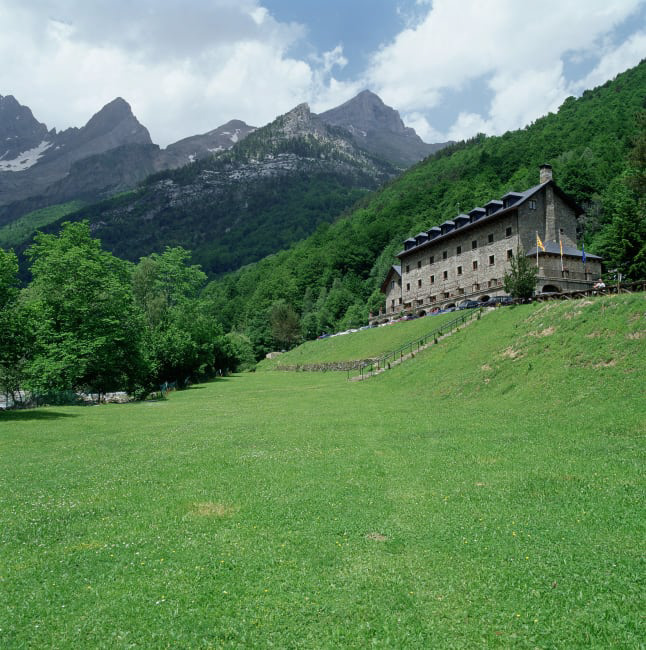In this collection I reveal some little secrets hidden in my illustrations. Are you ready?

DID YOU KNOW THAT...? The walls of the castle you see in this illustration actually exists. It is the beautiful and charming town of Monteriggioni in Tuscany. The walls of the Castle of Monteriggioni date back to the thirteenth century and are largely perfectly preserved.
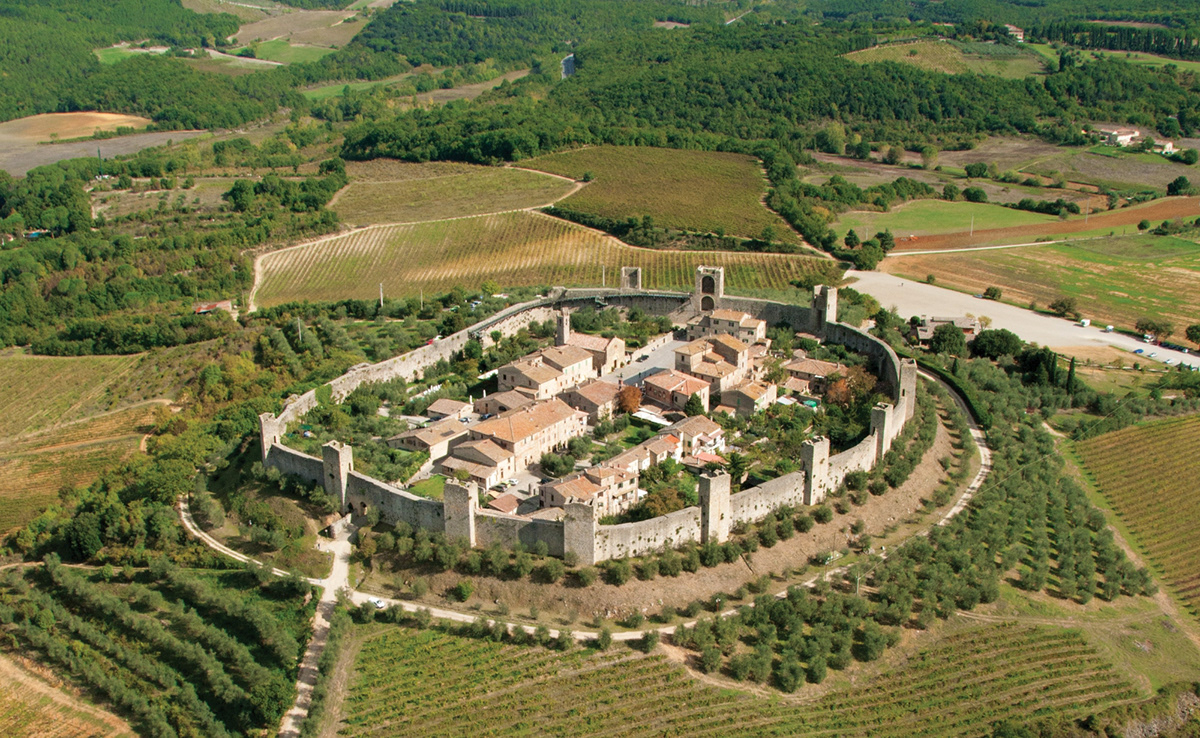

DID YOU KNOW THAT...? The red and black flag waving on the tower of the castle at the left of the TorX poster is the flag of the Autonomous Region of Valle d'Aosta, located in northern Italy



DID YOU KNOW THAT...? The small statue at the top of the village in "Spirit of Milan" illustration is the "Madonnina", the statue of the Milan Cathedral known as the symbol of the Italian city.


DID YOU KNOW THAT...? The illustration I made for Roland Garros represents a statue by sculptor Caroline Brisset. The sculpture is titled "the cloud kisser" and is a portrait of the aviator Roland Garros, the French aviation pioneer and First World War hero, who gave his name to the stadium complex.

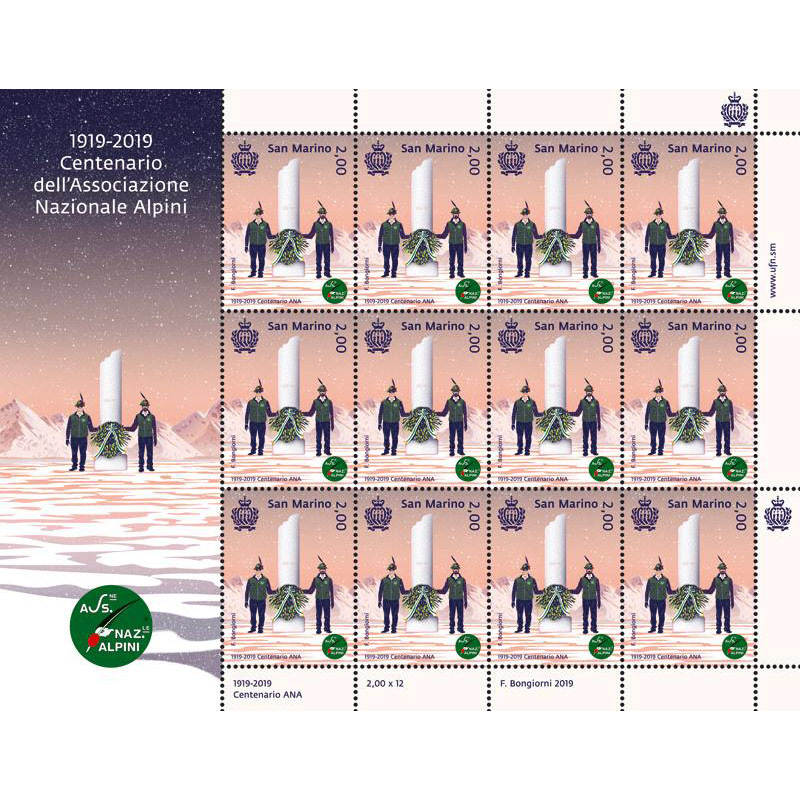
DID YOU KNOW THAT...? In one of the stamps I made in 2019 for the Centenary of the “Associazione Naz.le Alpini” (Alpines National Association), I depicted my father (the character on the left), who was an "Alpino" and sometimes still wears the distinctive eagle feather hat

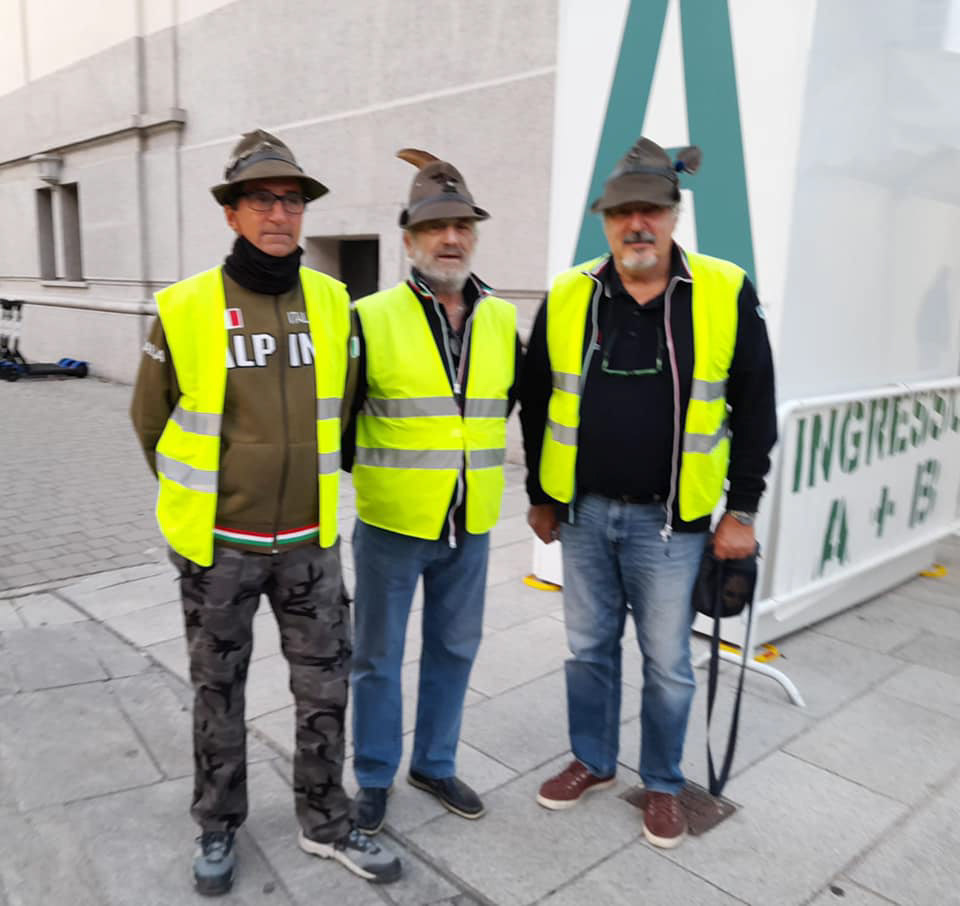
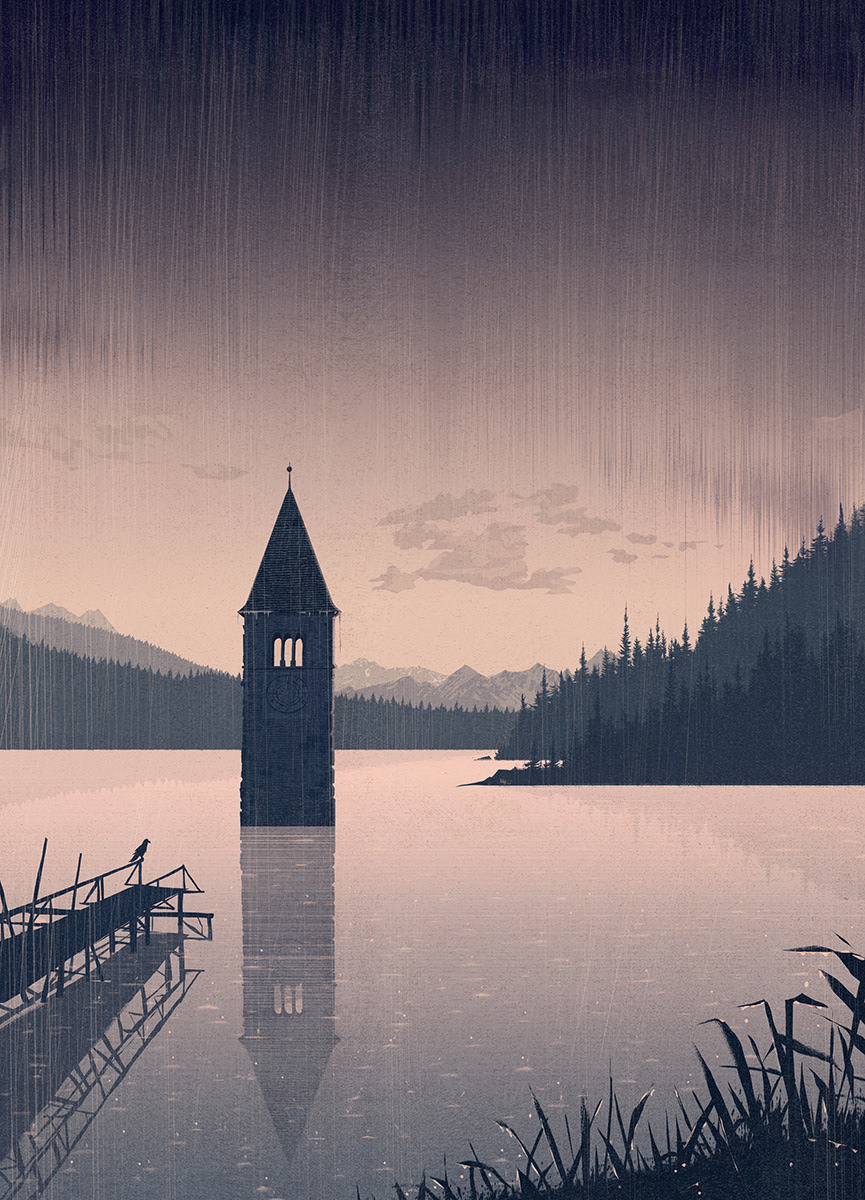
DID YOU KNOW THAT...? This bell tower, which I illustrated in my book "The Atlas of the Mysterious Places of Italy" is the 14th-century submerged bell tower of Lake Resia. It is the only emerged part of the ancient village of Curon in Trentino Alto Adige, Italy, which was submerged in 1950.
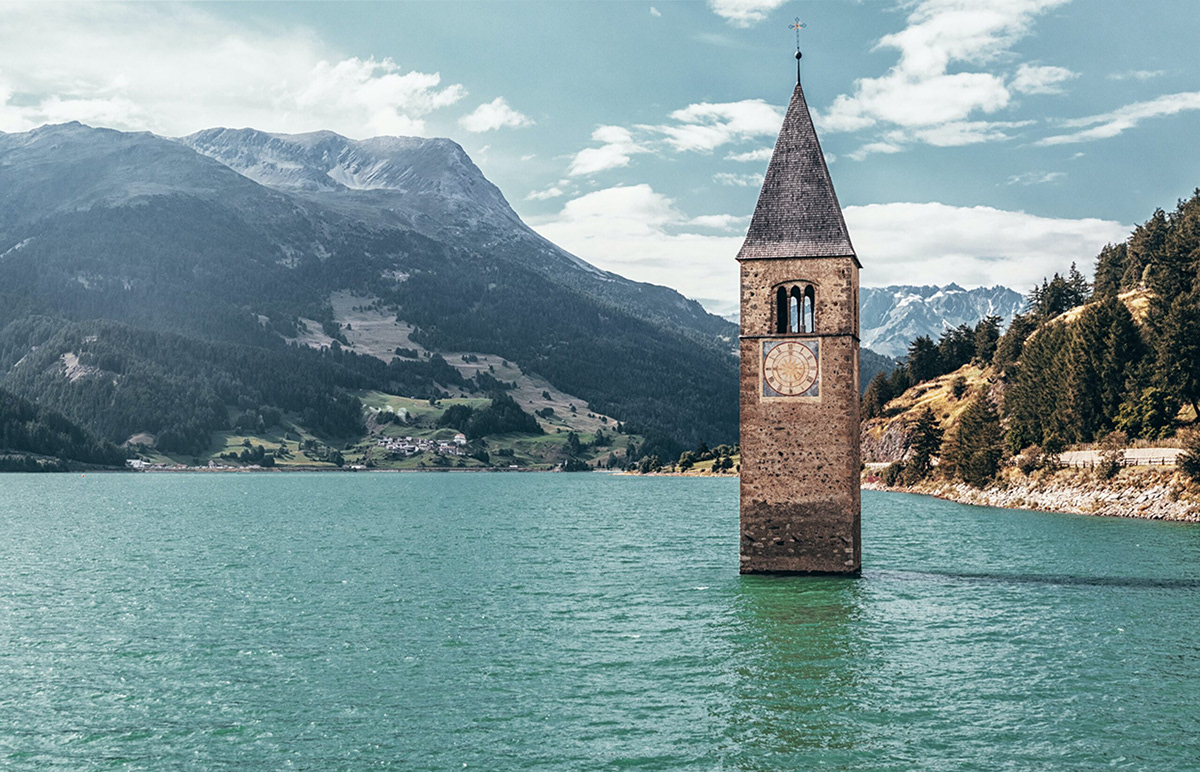
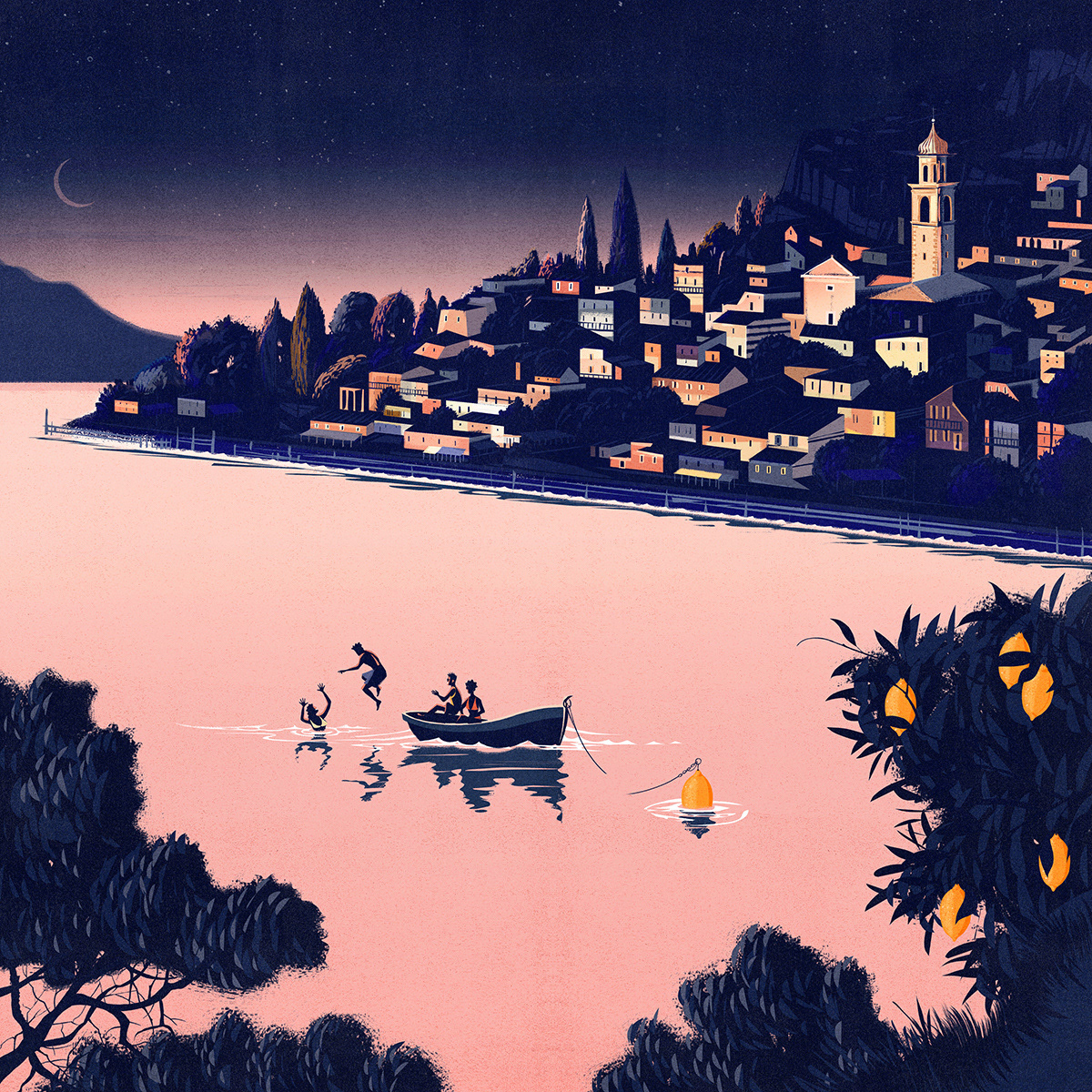
DID YOU KNOW THAT...? This illustration, made for the calendar of the "Cassa Rurale dell'alto Garda", represents the village of "Limone sul Garda", Italy. "Limone", in Italian, means lemon. For this reason in the illustration I have represented the buoy of the boat as a lemon



DID YOU KNOW THAT...? The hotel you see represented in this illustration is the "Parador de Bielsa" and is located in Spain in the Pyrenees.
Paradores are hotels usually located in converted historic buildings such as monasteries, old palaces or castles. "Parar" in Spanish means to stop, halt or stay
Paradores are hotels usually located in converted historic buildings such as monasteries, old palaces or castles. "Parar" in Spanish means to stop, halt or stay
